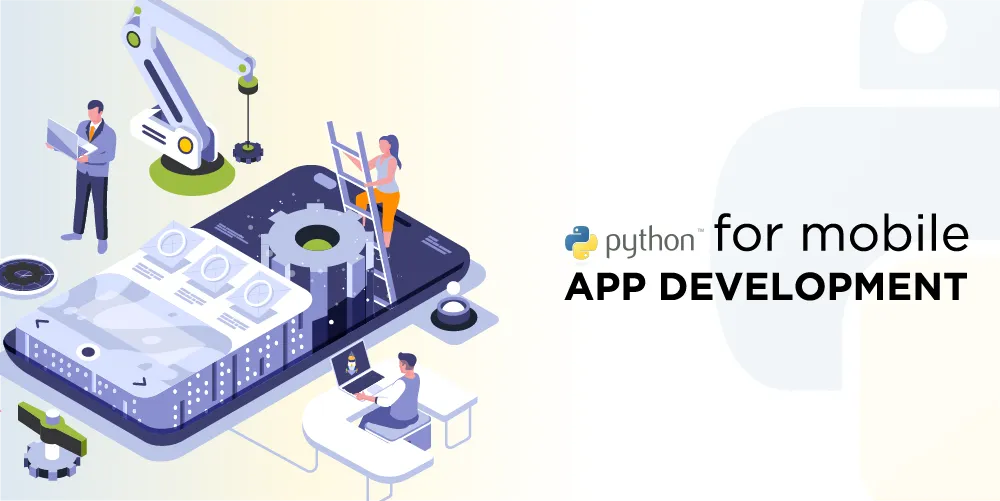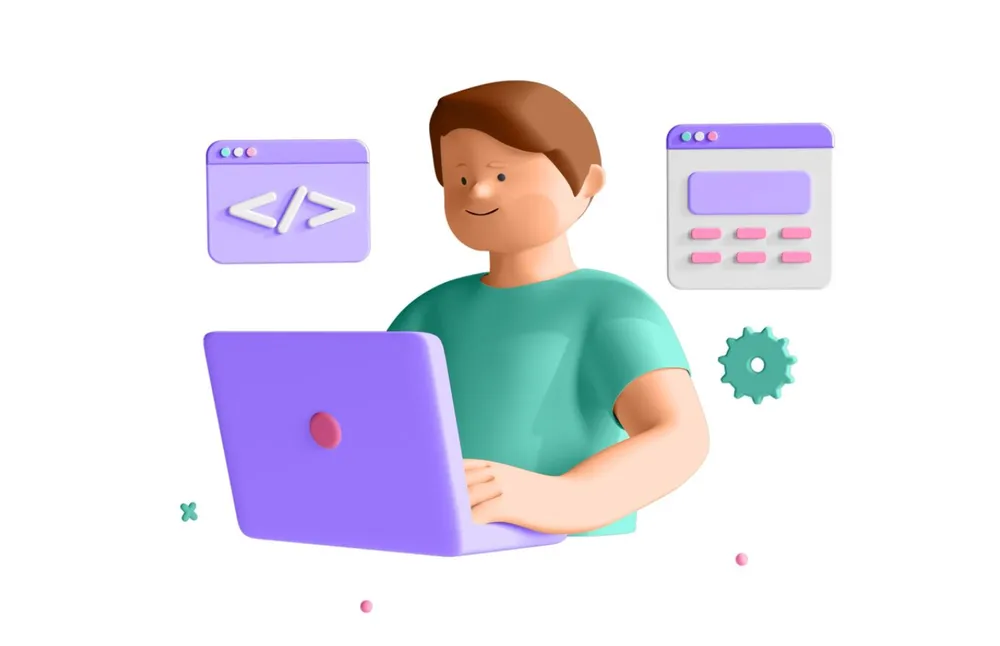What is Python?
Python is a major scripting language that includes compelling semantic features. Its clear, easy-to-learn syntax emphasizes readability, lowering the program’s maintenance costs. And the syntax is nearly identical to that of English. Guido van Rossum, a Dutch programmer, designed Python and released it in 1991. Python 2 is the most extensively used as compared to its latest version, Python 3. The language codes are written in a text editor or an integrated development environment, such as Thonny, Netbeans, or Pycharm (computer programs). So what does Python do?
- It can handle massive data and perform complex calculations
- It can connect to database systems and read or modify the files
- When used alongside a software application, it can create workflows
- If used on a server, it establishes web applications
- It is also used in the development of software prototypes
Did you know: Python has been a crucial part of Google since its establishment as a search engine?
Why use Python coding in mobile app development?
Python is an outstanding language for mobile app development because:
- It is straightforward, easy to read and write, and powerful when solving complex problems.
- Its huge standard library allows you to integrate the language with third-party APIs or modules.
- It can be used on various platforms, including iOS, Windows phones, and desktop computers.
- It also works on Windows, Linux, Macintosh, and Unix and has been ported to Java and virtual machines (.NET)
- Although Android does not support native Python, it can be used in mobile app development. It is possible by using various tools that convert Python apps into Android Packages that run on Android devices.
- Python frameworks aid in the development of mobile apps in a shorter time.
- You only need a capable device, such as a laptop/desktop computer running Ubuntu, macOS, or Fedora. Alternatively, you can use mobile phones, such as the Galaxy S4, Nexus 5, etc., for Python coding.
Did you know?: Python is used in developing applications like YouTube, Instagram, Spotify, Quora, Dropbox, Pinterest, Reddit, and many others.
Frameworks to build mobile apps with Python:
Python does not support the interpreted languages by iOS or Android. In fact, Python apps cannot run natively. And at this point, various frameworks emerge to bridge the gap, allowing these apps to run on mobile devices with a native appearance and functionality.
The preferred implementation language for Android is always Java. So, to write an Android application in Python, you need a way to run its code on a Java virtual machine. The steps for creating an app for iOS are comparatively more complex than those for Android.
So which frameworks can help you to develop an actual application on your device? Let’s take a look-
VOC
VOC (Vestigial Output Compiler) is a component of the BeeWare suite that allows you to access Java native objects and implement Java interfaces in Python classes. It takes Python’s source code, compiles it to CPython bytecode, and then transpile it into Java-compatible bytecode (machine code). The result is that your Python source code files are compiled directly into a Java .class file, which is then packaged into an Android application. It will allow you to write Android applications now to the native API of Android. Once you’ve registered your native Android application, you can use Briefcase for packaging your Python code as an Android application.
Python-for-Android
It is a tool for integrating Python with Android. Its primary function is to create Android APKs that can be installed or uploaded to marketplaces such as Play Store. The first function of the tool is to compile the Python interpreter, its dependencies, backend libraries, and Python code for Android devices. By totally customizing this stage, you can install whatever components you like. This results in a standalone Android project used for generating any number of different APKs, even with other names, icons, Python code, etc. The second function of Python-for-Android is to give a simple interface to these distributions.
Kivy
Kivy is a cross-platform framework that lets you create apps and games for Windows, Linux, iOS, and Android. Kivy has an extensive Python library with many features, such as multitouch events and so on. These multitouch gestures aid in developing rich user experiences (UX) with less effort. Kivy also supports the use of native libraries on various platforms. You can directly call functions from its central platform and also access features that Python does not offer.
PyJNIus
PyJNIus allows you to create Android apps without any prior knowledge of Java. It gives access to Java classes and methods using Python, making it a powerful tool for mobile app development. Its framework even allows Python to interact with the Android API. Developers use this API to obtain information from various parts of their mobile devices through pause, vibration, etc., functions.
In a nutshell:
Python has become one of the most eminent programming languages. It’s easy to learn, and there are lots of free online tutorials available to learn Python. You can use Python to write programs for almost any application, including web applications, mobile app development, desktop apps, games, scientific computing, and much more.
The growing popularity of Python amongst Developers










